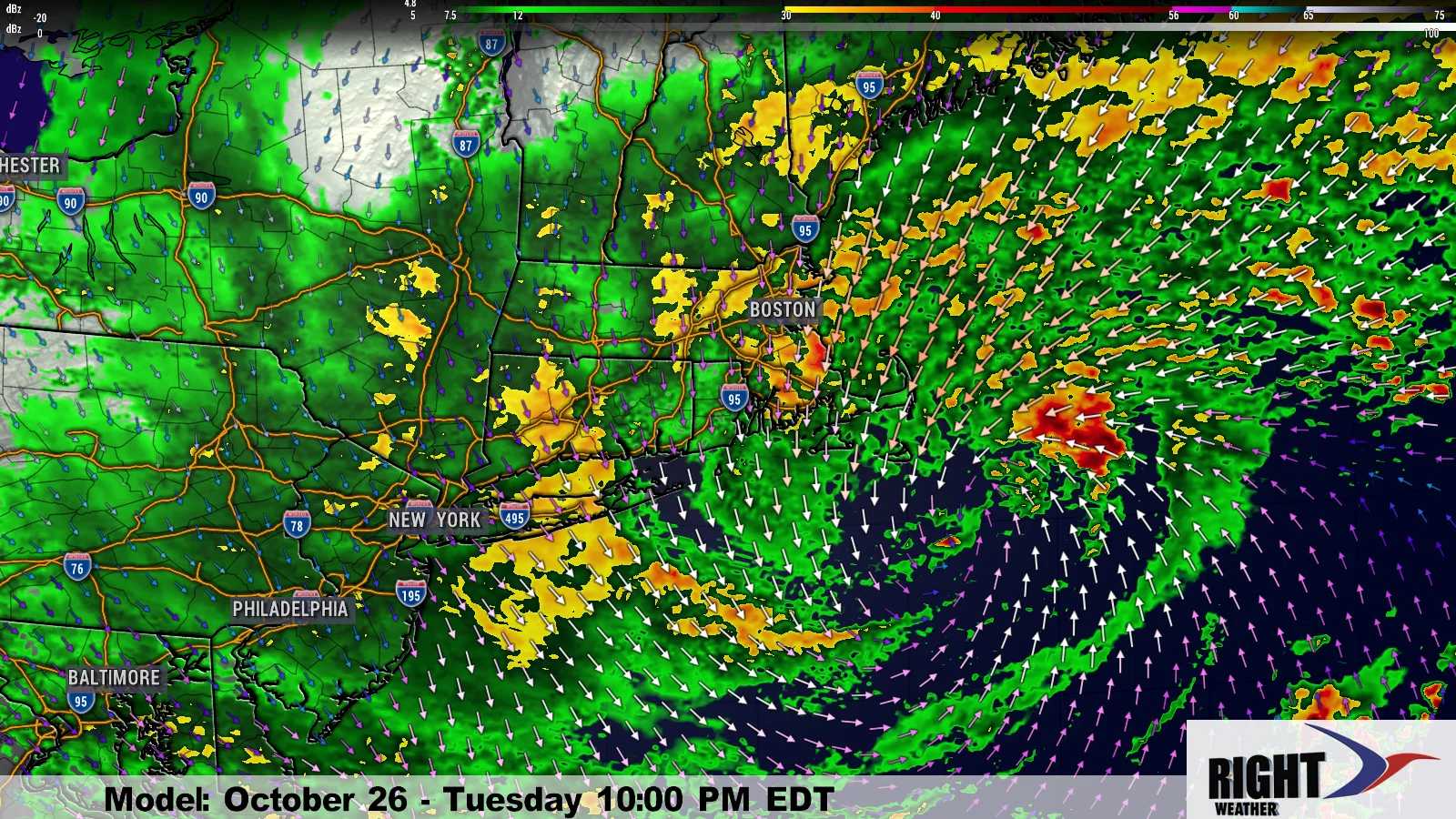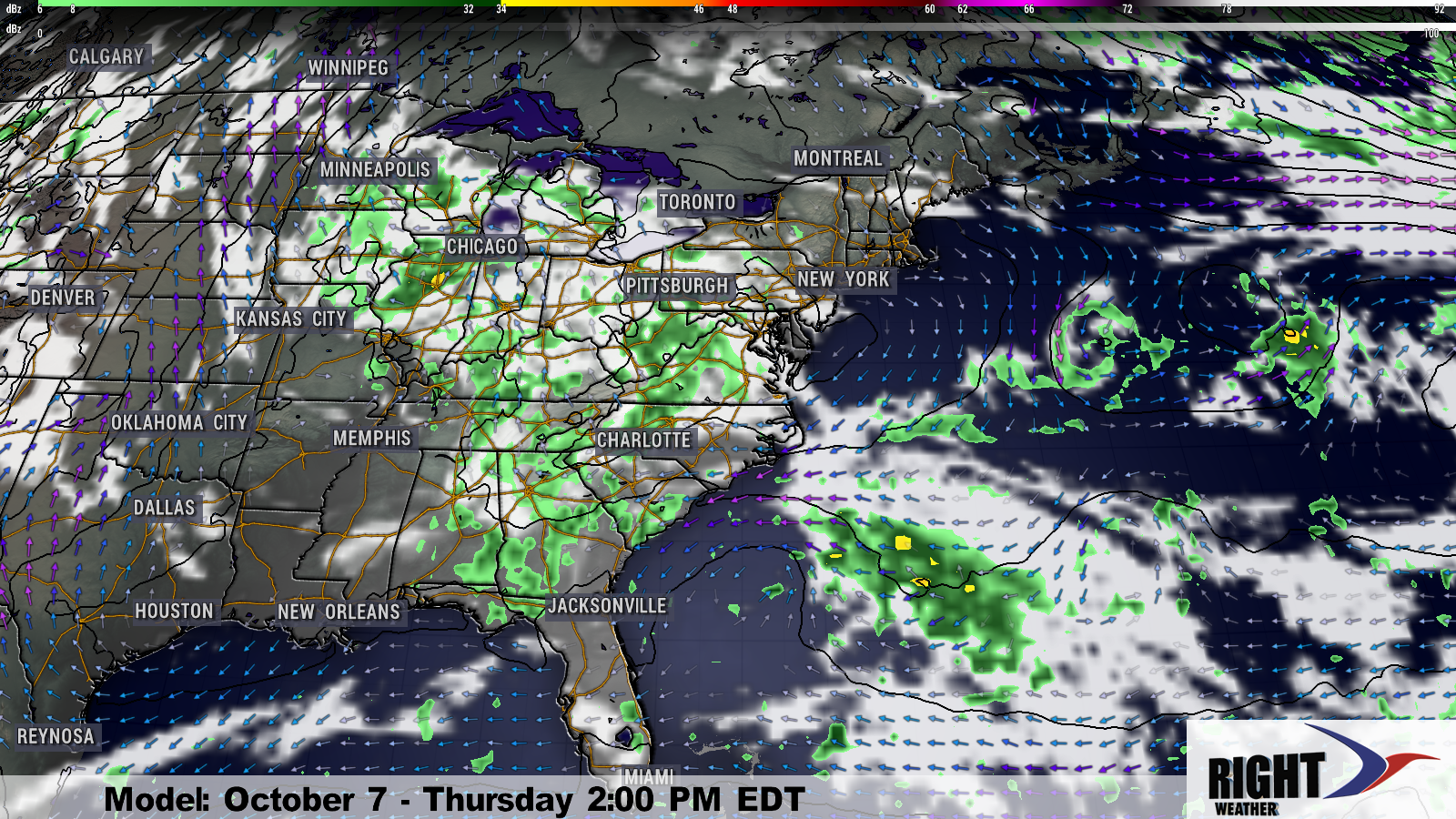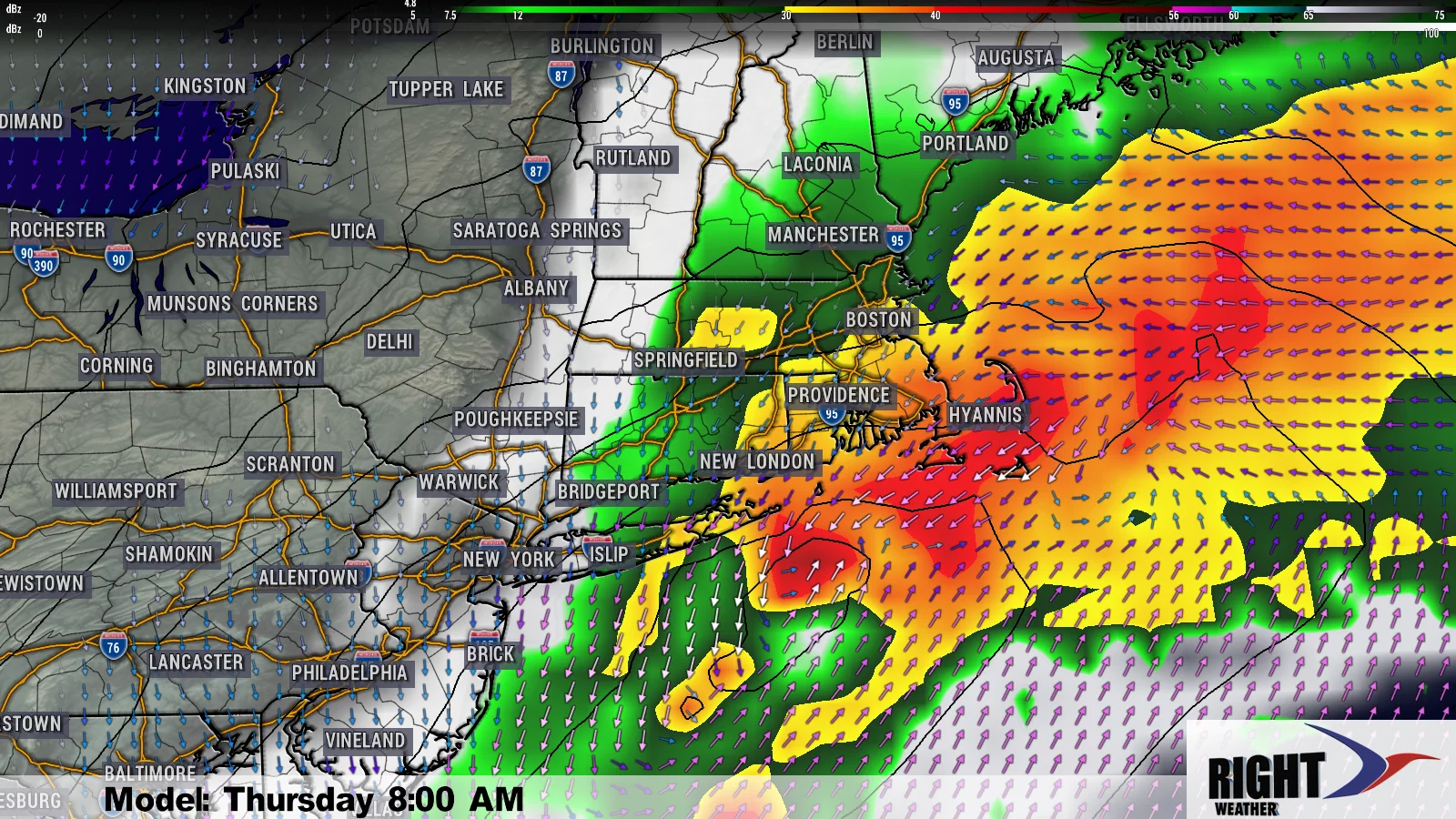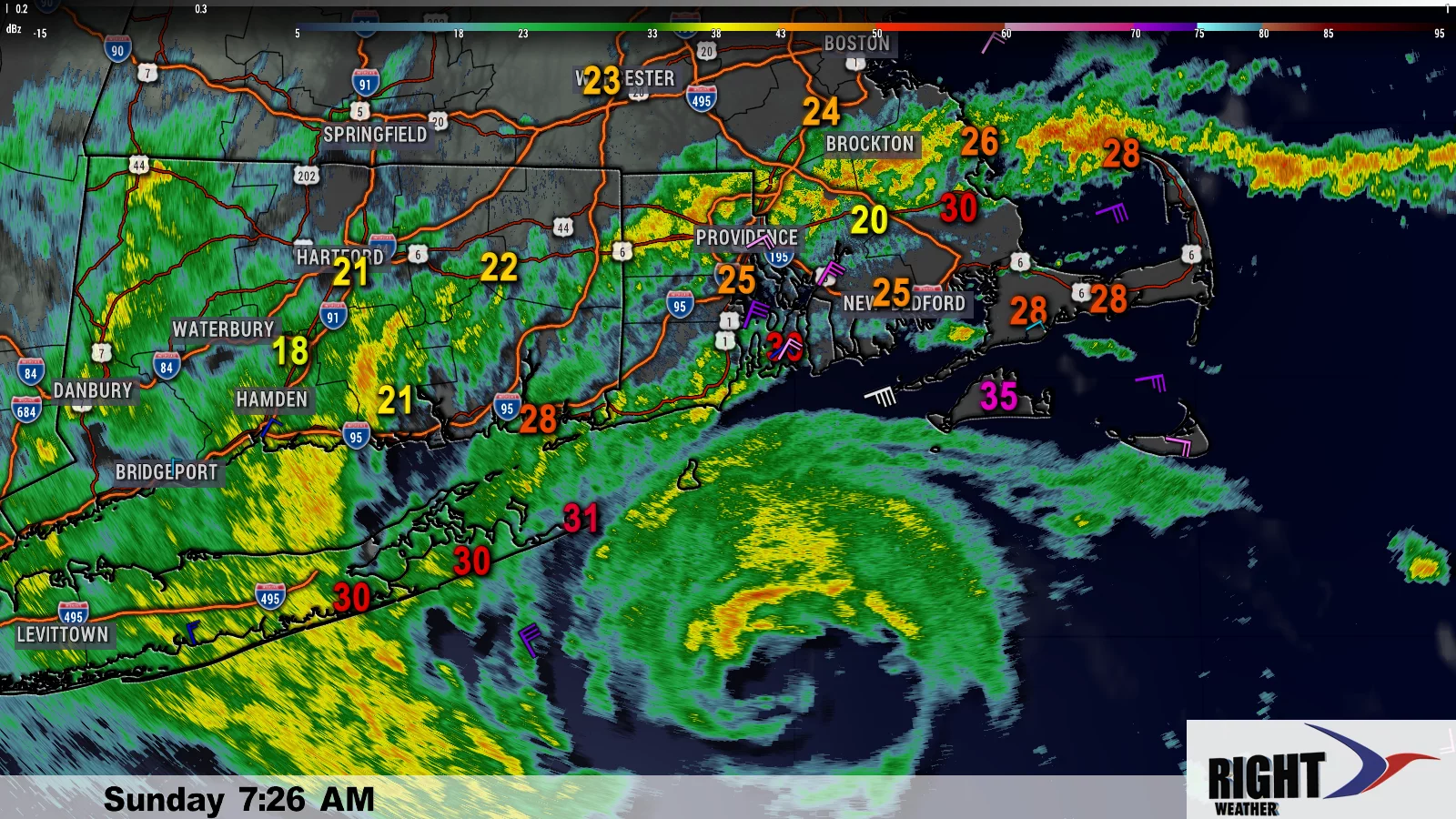Right Weather Pro: Winter Outlook 2012-2013
The winter outook is one of my favorite forecasts to give. Snow lovers and haters alike are interested to find out what kind of weather to expect from December through February in Southern New England. Last winter was an absolute dud for anyone who likes a cold and snowy New England winter. It was one of the three warmest on record (past 117 years) for all of New England. There was also about 50% of the normal amount of snow in the Providence area.
As we head into this winter, the signs are pointing toward a much colder, snowier scenario for the entire Northeast, including Southern New England. In preparing this forecast, I look at a lot of different global weather and ocean patterns that may play a role. In years past, a lot of focus has been placed on El Nino and La Nina. This year, there is a very weak El Nino or netural (La Nada) conditions in the Pacific Ocean, and I don’t think it is going to be a big driving force in determing the temperature scheme for the Northeast.
The weather patterns that have a bigger impact on Eastern United States temperatures (and sometimes snow) are the Arctic Oscillation (AO) and the North Atlantic Oscillation (NAO). Until recently, those were only thought to be predictable on a scale of a few weeks. That isn’t much help when trying to give a seasonal forecast. Recently, however, Dr. Judah Cohen of Atmopsheric and Environmental Research in Lexington, MA has noticed a correlation between the rate of snowfall in Siberia during October, and the subsequent AO and NAO conditions during the winter in the Eastern US, Europe and East Asia. In years where there is a lot of snow in October in Siberia, there is typically a negative AO/NAO in the winter months. This leads to colder, sometimes snowier, than normal weather in the Northeast United States. The theory behind it is that the snowcover in Siberia contributes to a more active jetstream that dips south in response to stratospheric warming over the Arctic. The southerly dip in the jetstreams allows the cold air to move into lower latitudes rather than being bottled up in the Arctic.
This year, October started out with very little snow in Siberia, but the action really picked up in the second half of the month, and the Snow Advance Index (SAI) was one of the highest on record. The high SAI combined with the weak El Nino borderline La Nada, is not a good signal for anyone looking for a mild and snow-free winter in Southern New England. My forecast is for near or below normal temperatures, and higher than normal snowfall in the Northeast.

There are other factors that come into play, and any seasonal forecast is given with a much lower degree of confidence than daily or even two week forecasts. This winter should be a very good test of Dr. Cohen’s research on the connection between the October Eurasia snow and subsequent winter. Maybe we have a key to unlocking some of the mystery surrounding winter forecasts in New England.
In the past 50 years when there has been a weak El Nino or La Nada and a negative NAO/AO, the winter temperature has been below normal 100% of the time in Providence, RI. 60% of the time there has been above normal snowfall. Of course, it makes sense that the temperature is below normal during a negative NAO/AO because that’s what that weather pattern brings, but, now, by using the Siberian snowcover to forecast the NAO/AO we, hopefully, have a better idea of how the winter will play out.

Check out the video for more on the winter outloook.



